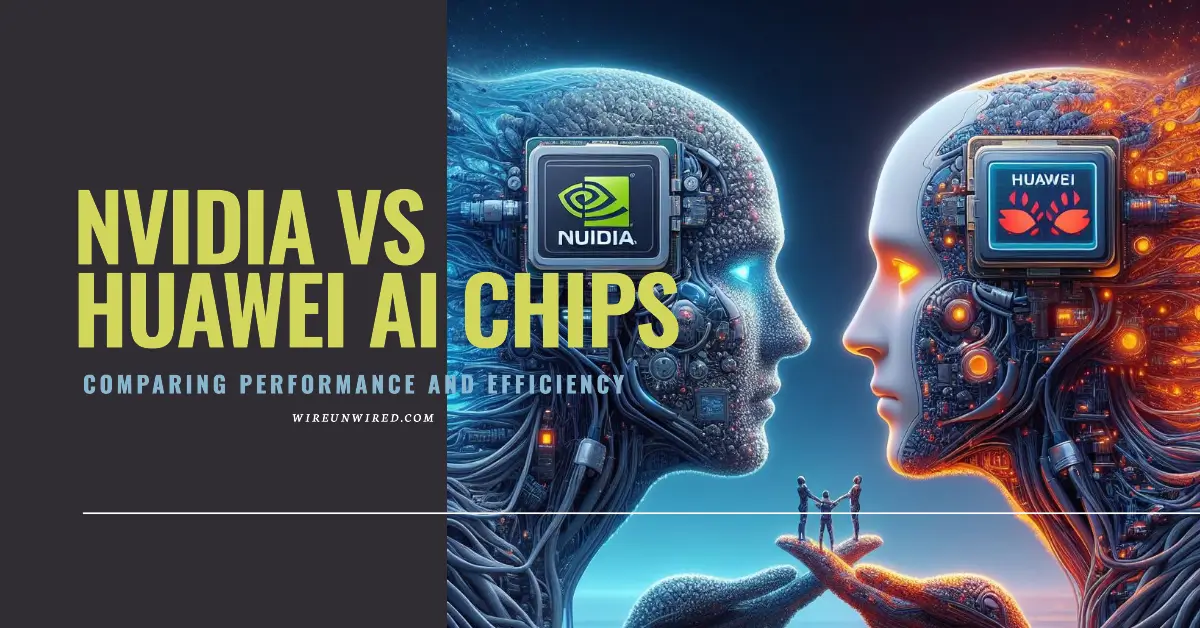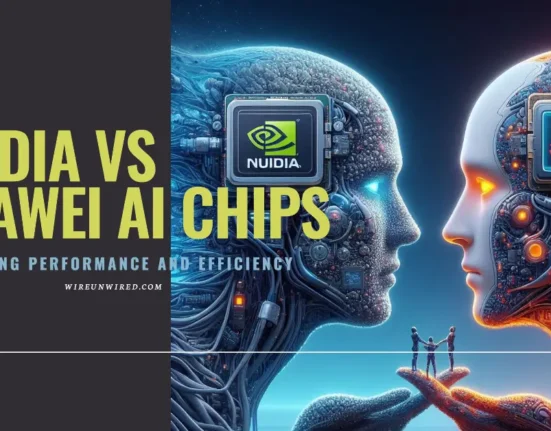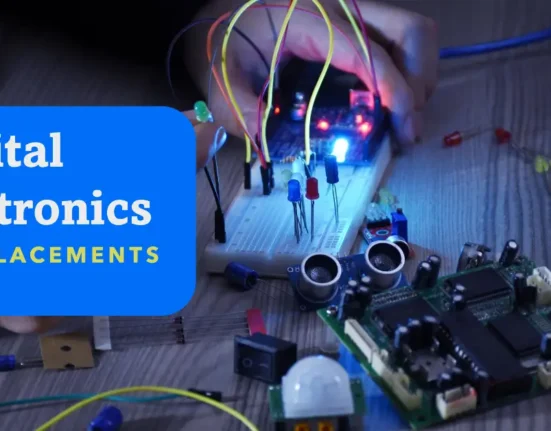Nvidia vs Huawei AI chip Performance: By this time, you all would have heard the news about the Nvidia CEO naming Huawei as Nvidia’s prime competitor, the strange thing was that he even placed Huawei above Intel and AMD. If you have not yet heard the news, I am adding the link to the news.
AI chips have become a hot topic. Their performance is a key factor in driving advancements in various fields, particularly in AI and machine learning. So in this very article, we are going to compare Nvidia and Huawei chip offerings over various parameters like Power efficiency, Performance, etc. or rather say Today, you are going to read into a comparative analysis of AI chip performance.
We will take the flagship offerings from both companies so that we can have a true idea of the same. The flagship offerings from Nvidia are A100 and the newer H100 series, while from Huawei is the Ascend 910.
Nvidia’s AI Chip Performance
Products: Nvidia’s flagship AI offering is the A100 and the newer H100. These AI chips are known for their high AI chip performance, particularly in AI training and inference tasks. Their strength lies in their Tensor Cores, specialized processing units designed for efficient AI workloads and performance.
If you don’t know about Tensor cores, Let me give you a brief about Tensor Cores.
Tensor cores are specialized processing units found in Nvidia’s GPUs designed to accelerate deep learning and AI workloads. They achieve this by:
- Fused multiply-add: They combine multiplication and addition operations into a single step, significantly speeding up calculations used in training and running neural networks.
- Mixed precision support: They efficiently work with different levels of precision (like FP16 and FP32) allowing for faster training while maintaining accuracy.
- Optimized architecture: They are specifically designed for the mathematical operations common in deep learning, leading to improved performance compared to general-purpose cores.
In essence, tensor cores act as turbochargers for AI tasks within Nvidia GPUs, significantly boosting performance and efficiency for deep learning applications.
Performance: Nvidia boasts superior FP32 performance (floating-point calculations), a crucial metric for measuring general-purpose computing power. The A100 delivers around 19.5 petaFLOPS (floating-point operations per second), significantly higher than most competitors.
Power Consumption: However, Nvidia chips come with a higher power footprint. The A100, for instance, has a maximum power consumption of 250 watts or you can say `600 watts per 8 A100 cards. This can be a concern for applications where energy efficiency and AI chip performance are critical.
Software Support: Nvidia’s established presence translates to a wider range of compatible software tools and libraries, which can accelerate development and deployment for some users. For Example, Nvidia’s CUDA software has always been a great plus for Nvidia GPUS.
Huawei’s AI Chip Performance
Products: Huawei’s primary AI chip is the Ascend 910. While its FP32 performance falls short of Nvidia’s top offerings (around 9.7 petaFLOPS), it boasts other advantages.
Power Efficiency: The Ascend 910 excels in power efficiency. It achieves comparable performance to the A100 while consuming significantly less power (around 310 watts per 8 cards compared to 600 watts per 8 A100s). This makes it attractive for applications where energy usage is a major concern, such as data centers with high cooling costs.
Focus: Huawei’s chips are also known for their custom architecture and strong integration with other Huawei hardware, potentially leading to optimized AI chip performance in specific use cases within the Huawei ecosystem.
Software Support: Huawei is actively building its own ecosystem (CANN) and attracting developers with competitive offerings,But for now Huawei is far behind Nvidia in terms of software support.
Conclusion:
Currently, Nvidia has a much greater lead in AI chip performance, not just over Huawei, but also over other companies. However, Huawei is closing this gap at a rapid pace. There are various reasons behind this, which we will cover in a future article. It will indeed be interesting to see how the AI chip market unfolds and who will ultimately take the lead in terms of performance.
So, I will take your leave now. Until then, keep WireUnwiring!
Discover more from WireUnwired
Subscribe to get the latest posts sent to your email.





